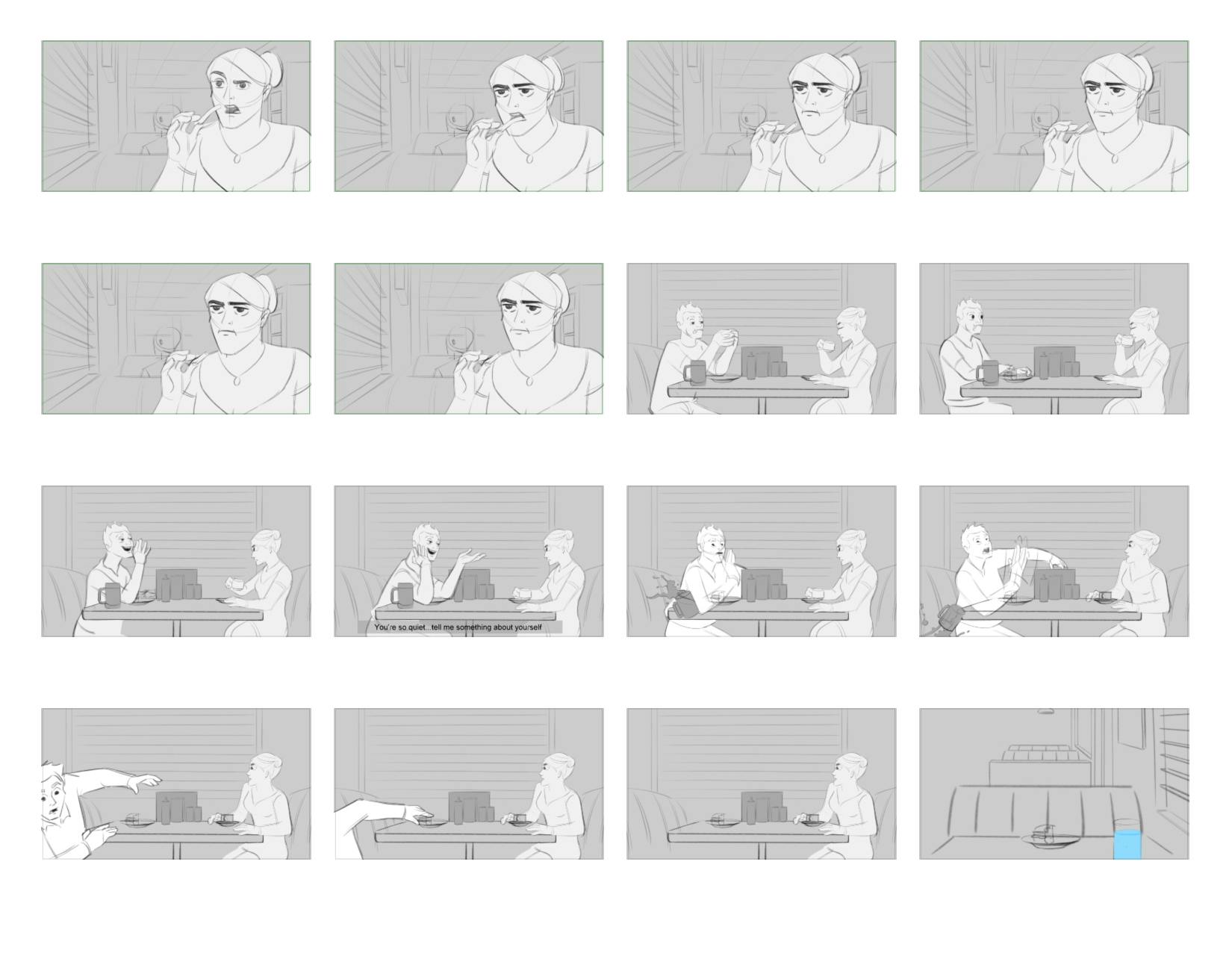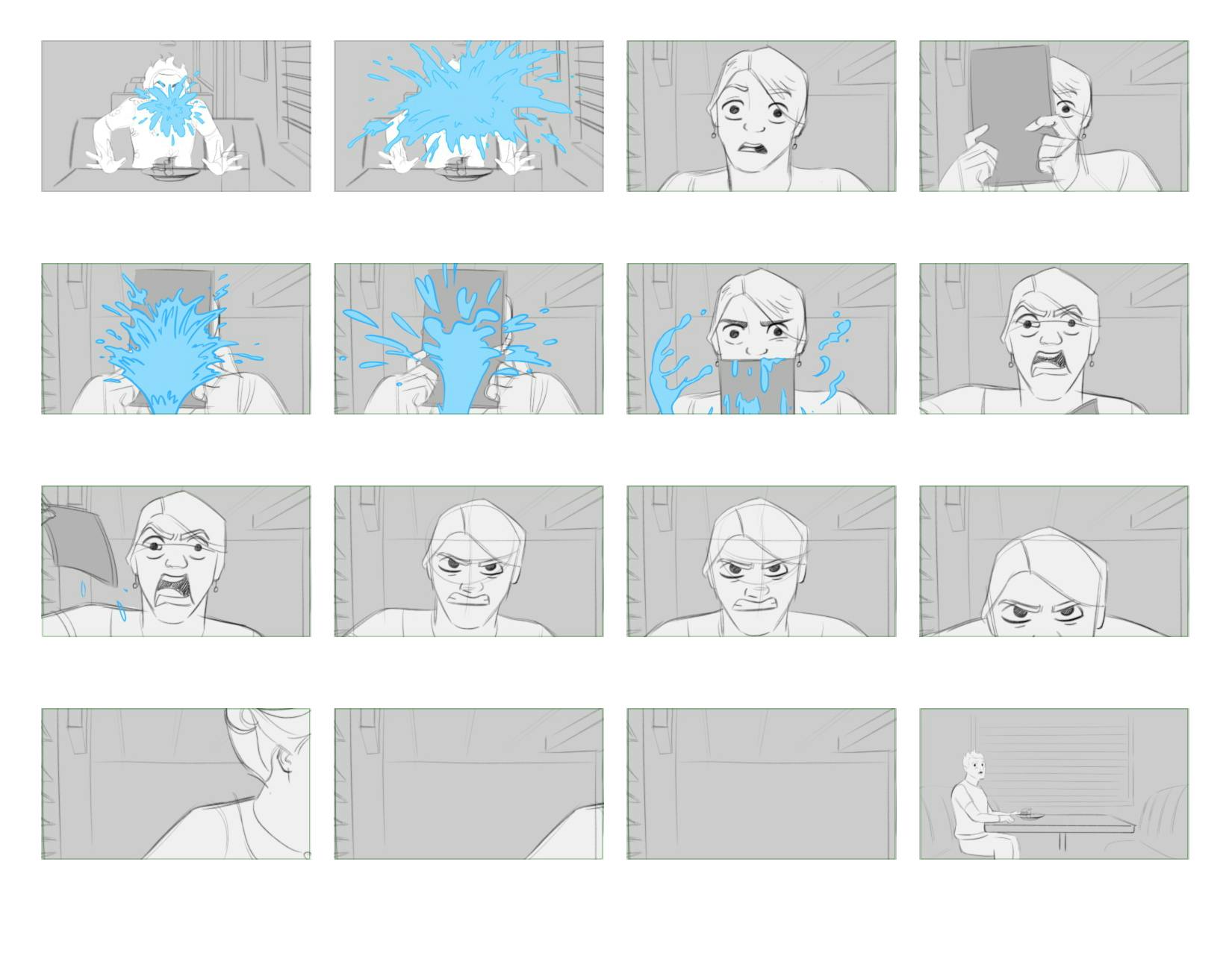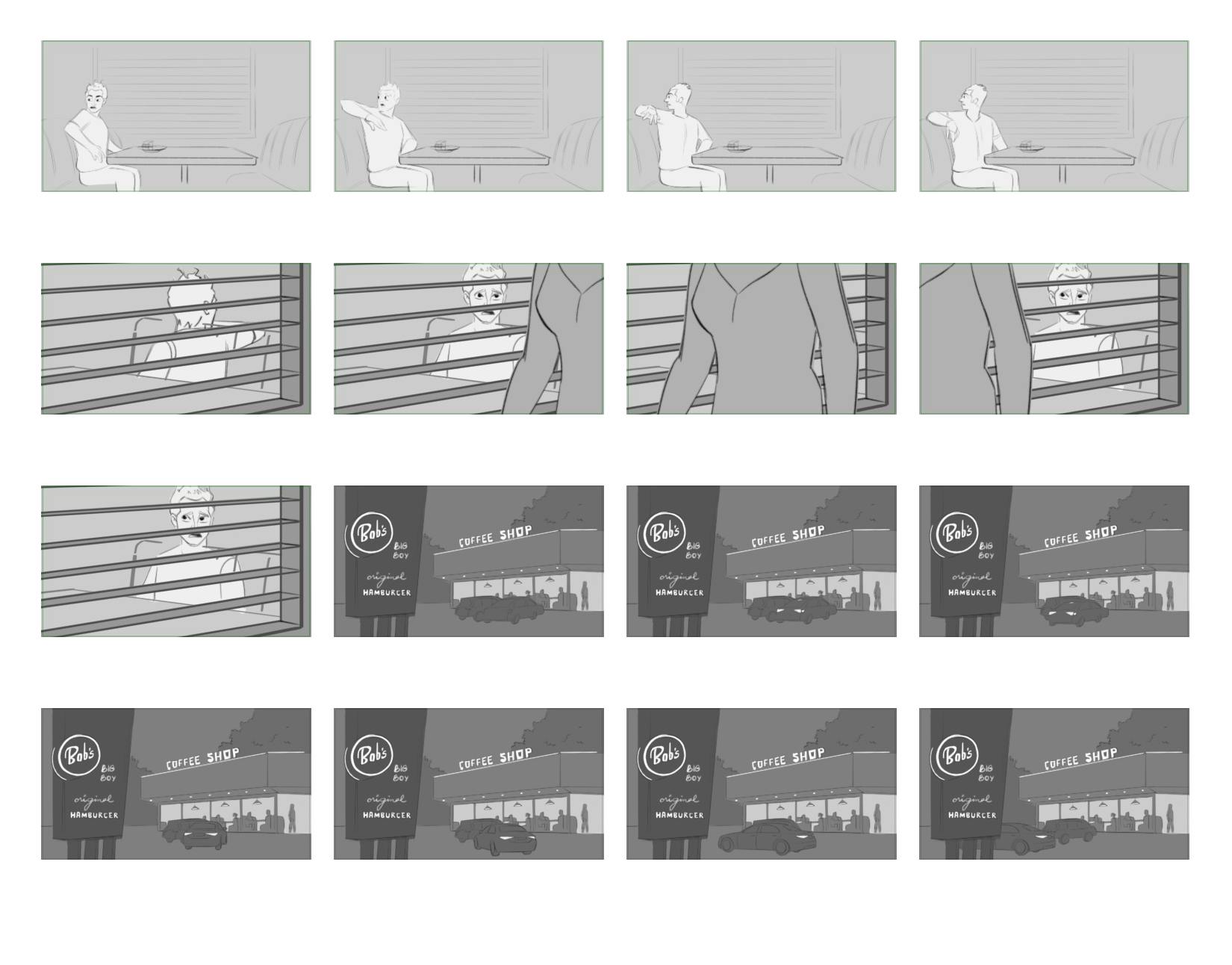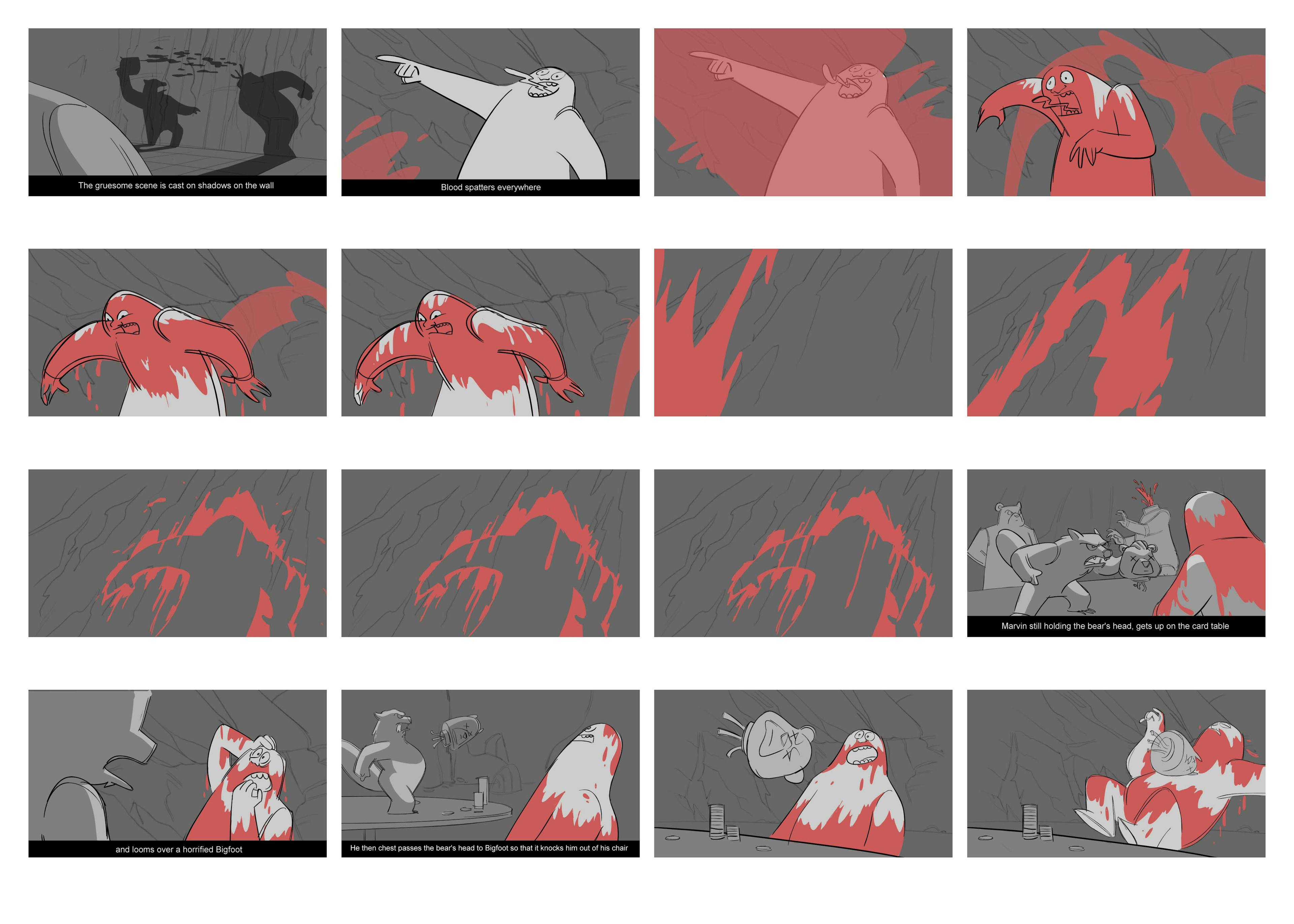
Noa Katzir
Illustrator
Concept Artist
Fine Artist


Making the Atoms of Animation

Apoorva Gaitonde: I’ve been inclined to the arts ever since I was a kid. I feel grateful to have pursued drawing and dance from a very young age. When it came to choosing a career option after high school, I was drawn to the world of animation, especially the underwater world after watching Finding Nemo. So I took a leap of faith to enter this beautiful world of art.

Apoorva Gaitonde: I did my master’s at the Academy of Art University In San Francisco. I learned the fundamentals at grad school, but my real learning came from working in the industry. Storyboarding as a discipline requires you to create a lot of drawings, throw away your work and start over from scratch.
This gave me the mindset I needed to be receptive to criticism and improve my work to meet industry standards. Since I graduated, my portfolio has undergone numerous revisions, and I still keep adding new work to it.
Apoorva Gaitonde: My hometown is Goa, an Indian state with stunning beaches. I remember being fascinated by the ocean as a kid, and painting the beach’s sunset was one of my favorite childhood hobbies. My most recent storyboard is also inspired by my snorkeling experience in Catalina. So I guess, even after all these years, the ocean still fascinates me.

"A storyboard artist is essential to the animation pipeline’s production process. A board artist’s name appears in the credits of a film just after the director. We work closely with the director to bring their vision to life and create a blueprint for the other departments to follow.”

Apoorva: My first job right out of grad school was a boarding gig for a feature film project called Ella and the Secret Prince. I’m very grateful to my director, Alice for giving me this opportunity. It was a tight schedule and I had to work fast and effectively to meet the deadlines.
My biggest learning was that in addition to developing strong draftsmanship skills as a board artist, I also had to learn to be fast at my job. While I did feel the pressure of deadlines for my assignments in grad school, working in the industry is a whole different ballgame.

Apoorva: Absolutely! I start by reading the script multiple times to grasp the scenes assigned to me. I then start doodling rough thumbnails to make my shot choices and compositions. I’ve found it more effective to sketch out my thumbnails directly on the script. Once I’m satisfied with my thumbnails, I take them to storyboard pro and flesh out my rough pass. The next step is to pitch my boards to the director. Based on the notes I receive, it’s rinsed and repeated until it gets approved.
Apoorva: My first animation assignment was a 2D animated short film for Labrinth’s 2020 album, Imagination, and the misfit kid.
I recall receiving notes for my initial animation pass, hehe. It takes a while to get into the rhythm of a project. Dean, though, was a very patient and compassionate director. He provided me with the space I needed to make mistakes and work through them to deliver my shots.

Apoorva Gaitonde: I feel incredibly lucky to have worked at some major animation studios over the past 3 years. I love how these studios offer little gifts as tokens of appreciation to the artists. This one time during Halloween, I received a lot of candy from Nickelodeon. I had to give most of it away to my neighbors and friends since I couldn’t finish it on my own. But I appreciated the gesture.
The only challenge I’ve had is getting used to working from home. It took me a while, but I’ve finally found a way to be productive by working from coworking spaces and cafes.
Apoorva Gaitonde: A storyboard artist is essential to the animation pipeline’s production process. We play a pivotal role in building the structure of the scene. A board artist’s name appears in the credits of a film just after the director. This is because we work closely with the director to bring their vision to life and create a blueprint for the other departments to follow.

Apoorva Gaitonde: I’d like to think so. Some story artists are better at comedy while others excel at action boards. I enjoy working on dramatic, highly emotional sequences, but I’m striving to be more versatile. I’d like to develop my skills further in action boarding.
Apoorva Gaitonde: I dabbled in quite a few areas before choosing to specialize in storyboarding. I would encourage students or young professionals to try out different disciplines, and then choose a career path they feel most passionate about. Having said that, smaller studios need people who can wear multiple hats, so it’s an added advantage to be able to work in different styles.